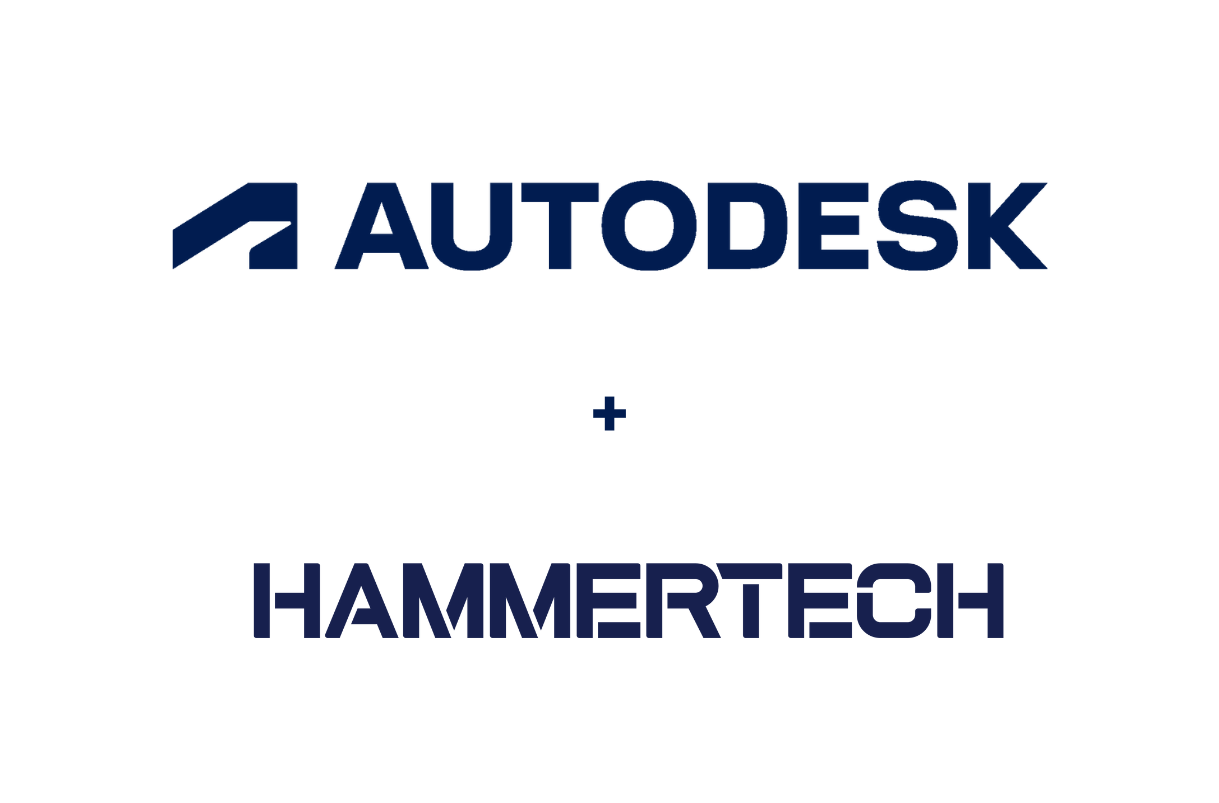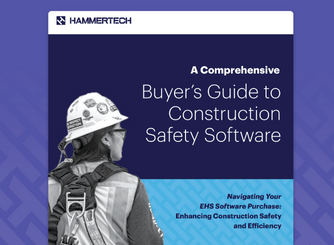This article originally appeared in Construction Magazine, the official magazine of the Construction Industry Federation
October marks the Construction Industry Federation’s Construction Safety Month, so what better time to talk about critical risk and what it means for the Irish construction sector.
What's Inside |
What is critical risk?
Critical risks are defined as potential incidents that can cause serious injury, or even fatalities, as well as serious damage to business operations. By the very nature of our sector and the work that takes place on-site, critical risk is often front of mind for construction firms.
Critical risk differs from pre-construction and daily hazard management in that the latter is a process to identify and manage all hazards relating to safety in construction works – not just those that can result in grave outcomes. In this context, critical risk is entirely safety-focused, looking both ahead to identify and put special consideration to activities where critical risk will be present. It also requires assessing incidents that have already taken place, or near misses, to understand how construction firms can identify patterns and put measures in place to improve site safety.
This is where technology can come in. Tech and digital solutions help construction companies identify, manage and document such critical risks in a paperless, integrated manner, including across multiple sites and job functions. From there, teams can identify any potential patterns in their critical risk data, and then work to put mitigating measures - such as staff training, induction processes or improved site safety policies - in place.
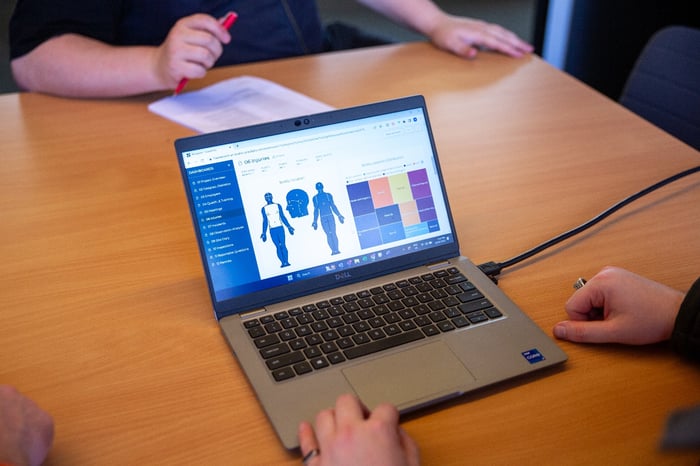
Why is this particularly important for construction?
Not only is critical risk paramount on construction sites, where staff may be working at height, underground, or in other potentially hazardous conditions, but many firms in Ireland are coming under increasing pressure from clients to show how they are managing critical risk. Despite improved risk management critical injuries and fatalities this year there have already been five fatalities. Improved critical risk management offers hope.
“Like all construction firms in this market, we’re increasingly being asked for data and analysis at the Tender stage for many of our Client contracts,” explains Glen Cowley, EHS Manager at Vision Contracting, which has been using HammerTech for over a year. “They want statistics on hours worked, near misses, injury breakdowns, first aid injuries and injury frequency rate (IFR), for example.”
“Being able to use mobile software solutions like HammerTech means that we have all of this data logged, making it easy to access and share at Tender stage,” Glen continues. “Obviously we’re focused on keeping our IFR as low as possible, for example, with proactive safety measures, Safety Culture, and our ISO Certified Safety Management System. Having the data to show how we’re doing that can make a major difference, especially when bidding for large-scale contracts.”
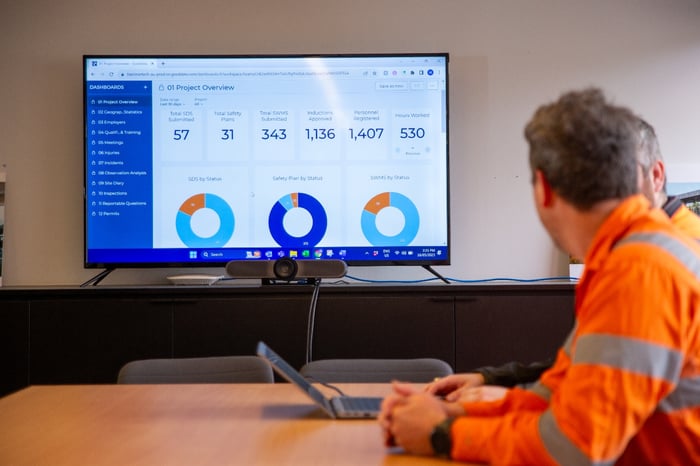
Having a streamlined process whereby critical risk data can be logged across the business results in greater efficiencies for firms like Vision Contracting. Not only does it make it far simpler for Glen and his team to access this information for client contracts, but it also increases efficiency, reducing the time required to find this data manually, as well as cutting down on paperwork.
Looking internationally
According to Dermot Carey, Director of Safety, Education, Training and Skills Policy at the Construction Industry Federation (CIF), a look at how construction firms globally use tech to boost efficiency could be beneficial for businesses here in Ireland. “Tech-based solutions are already well-used in the construction industry internationally, especially in the Australasia and North American markets, so there is a clear precedent for Irish firms to follow suit,” he says.
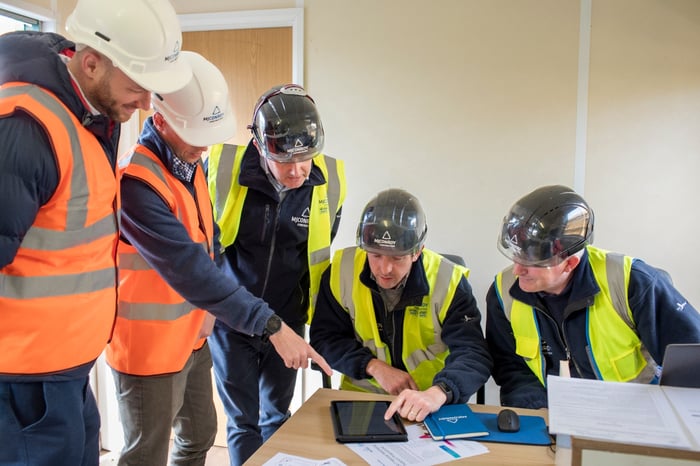
This is especially important when, for example, firms are eager to work with international clients. Ireland has a strong reputation for attracting foreign investment, thanks in part to pro-business policies, EU and Eurozone membership, and robust technology infrastructure. This means that there is huge potential for Irish contractors to bid for these investment projects, and a joined-up technology solution that provides data transparency and business-wide efficiencies can be key in attracting the attention of international clients.
“We know that statutory reporting across Europe is often fairly low, but as our sector is well-regulated here in Ireland, firms are cognisant of the need to document and report on incidents or near miss,” Dermot Carey explains.
“However, as firms grow or are starting out, critical risk and incident management can be a challenge , so having technology in place that can help them upload their information, build a database and track trends can get them on the right track to successful critical risk management.”
There is also a greater international focus on Environmental, Social and Governance (ESG) and sustainability policies, particularly as construction is known to be one of the world’s higher-emissions industries. Tender processes from both national and international clients are increasingly asking contractors how they are reducing paperwork in the company - and technology is an obvious solution to this.
“Tech solutions can help streamline the whole tender response process, helping Irish contractors of all sizes to excel, particularly when bidding for international contracts,” concludes Dermot Carey.
What to look for when considering a tech solution
So you know that you want to put technology in place to help manage critical risk, but where to start?
The beauty of construction technology solutions like HammerTech is that all the safety and site operations information your business needs can be stored, logged, and accessed in one place. This is particularly the case for mobile software-based solutions, which can be used on-site through tablets or smartphones.
Having this information quite literally to hand makes it easier to connect workers and subcontractors with required safety processes and resources, ensuring that they are up to date on what is expected of them when on-site.
“A common complaint of Health and Safety processes is that they are often bureaucratic,” says Dermot Carey. “If you’re tied up with paperwork in the office, you’re not there on-site working with your team.”
“But that’s where tech solutions like HammerTech can prove their value. It automates those processes so that you can focus on your sites.”
“These systems empower people. The site manager has a full site view. They have the necessary tools needed to deal with issues that might arise, with all the resources and information they need right in front of them and in one place, ultimately making their lives easier.”
Implementation, onboarding, and using analytics
Glen Cowley explains how implementing technology has not only benefited his team, but the wider business “As someone in an EHS role, managing statistical analysis of critical risk can often be challenging and time-consuming.
“Until we implemented HammerTech, this was often done manually, for example, by looking at hours worked, incidents, and the breakdown of incidents in different systems and Excel spreadsheets. Tech solutions automate that analysis, ultimately saving time.”
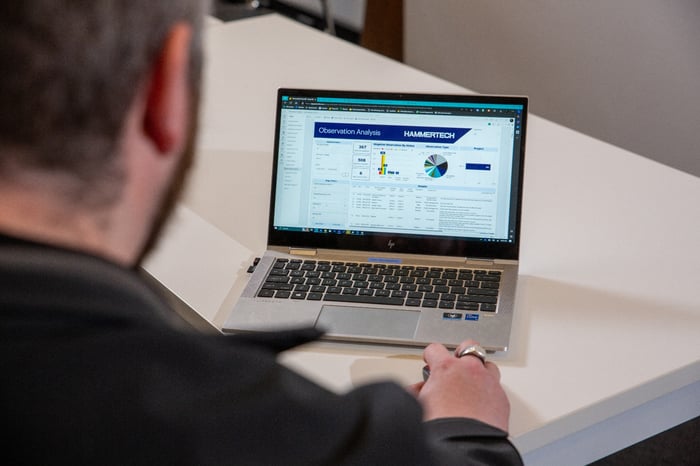
Glen also explains how choosing the right solution can be particularly helpful when onboarding new workers. “We’ve recently taken on several large-scale projects here at Vision Contracting, bringing with it greater headcounts. Construction safety software has been invaluable to cut down on everyone’s time, avoiding manual inductions and instead providing digital inductions before they arrive on site.”
“That means when those new workers do arrive, they’re ready to get working straight away. That also means that our team can focus on the critical risks rather than getting bogged down with paperwork. It helps our workforce to engage better and be more efficient with their time and processes.”
These tech solutions also provide tailored visibility for everyone in the business including subcontractors, from project managers and safety personnel to site managers, all the way up to executive teams. This is particularly useful for those reporting to executives on critical risk and incident data.
“Having the data in one solution means that I can give our Board of Directors a clear representation of critical risk,” says Glen. “That gives them valuable information on the statistical trends we need to be aware of and how we can deploy extra measures or resources to tackle those.”
Choosing software that gives you the ability to identify trends in your critical risk data means that you can work together to proactively change processes, increase compliance, and therefore improve how your firm manages critical risk.
To find out more about how HammerTech can increase efficiencies and help manage critical risk in your business, visit our home page.



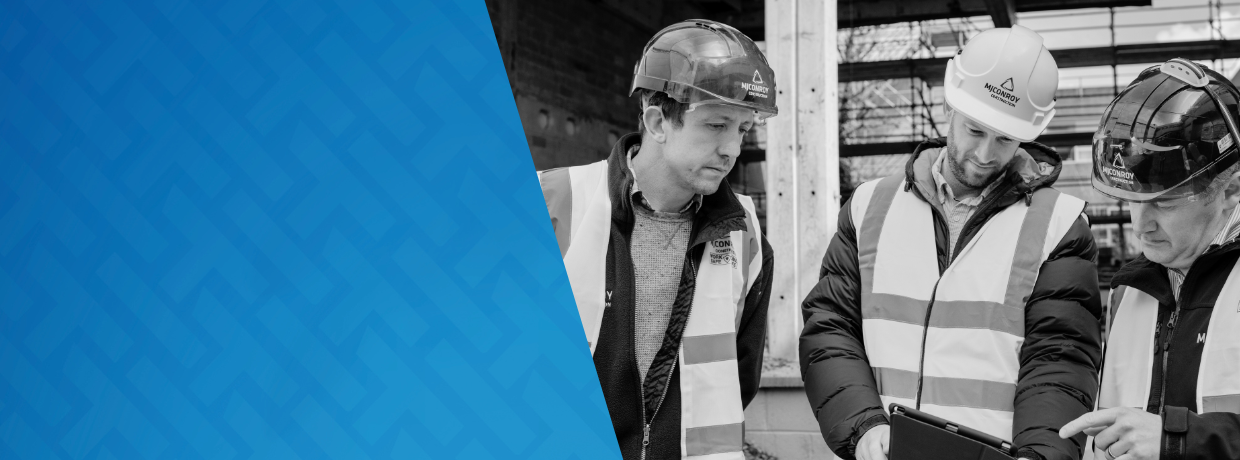
.png?width=150&name=chris%20gitch%20270x270%20(1).png)
